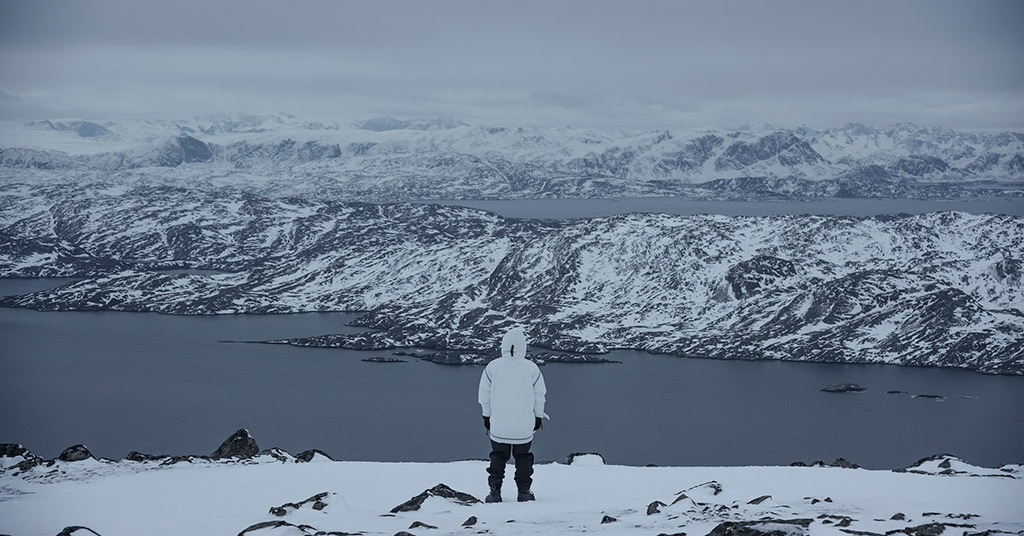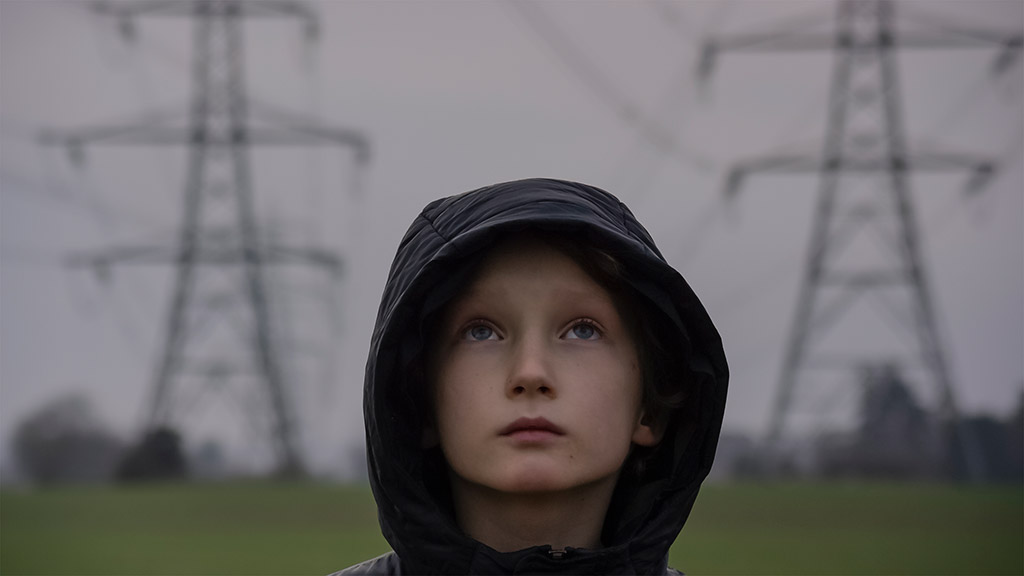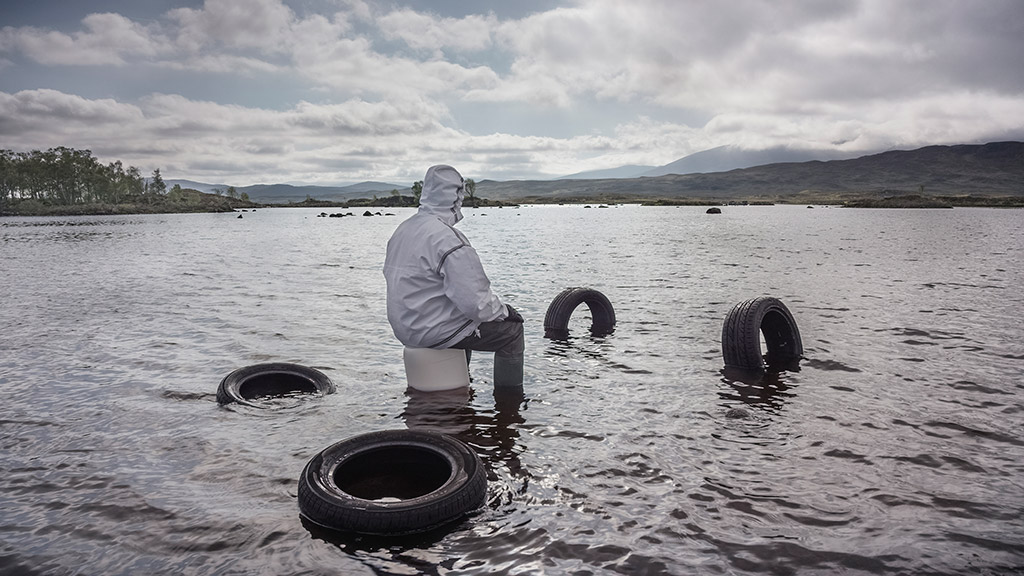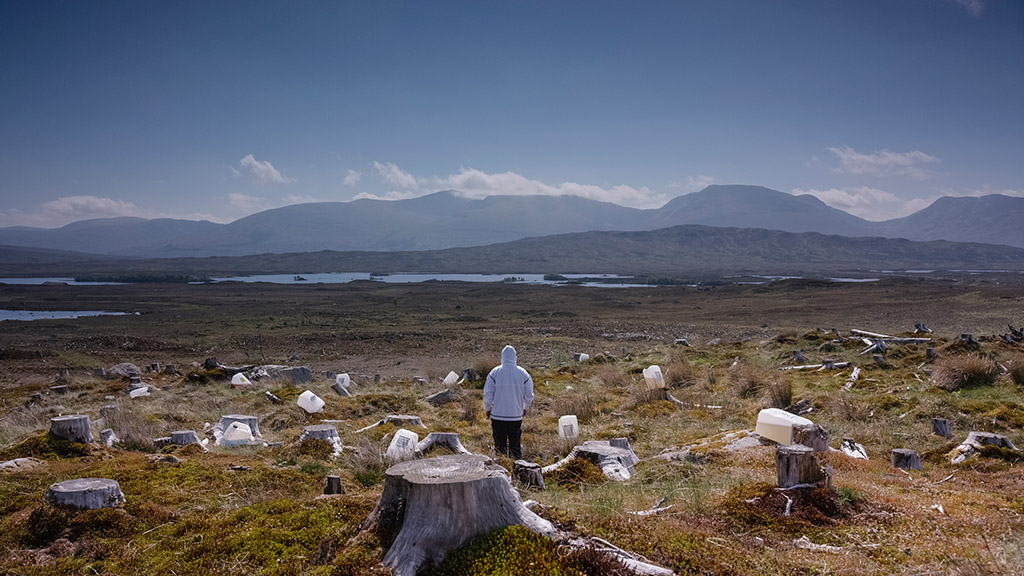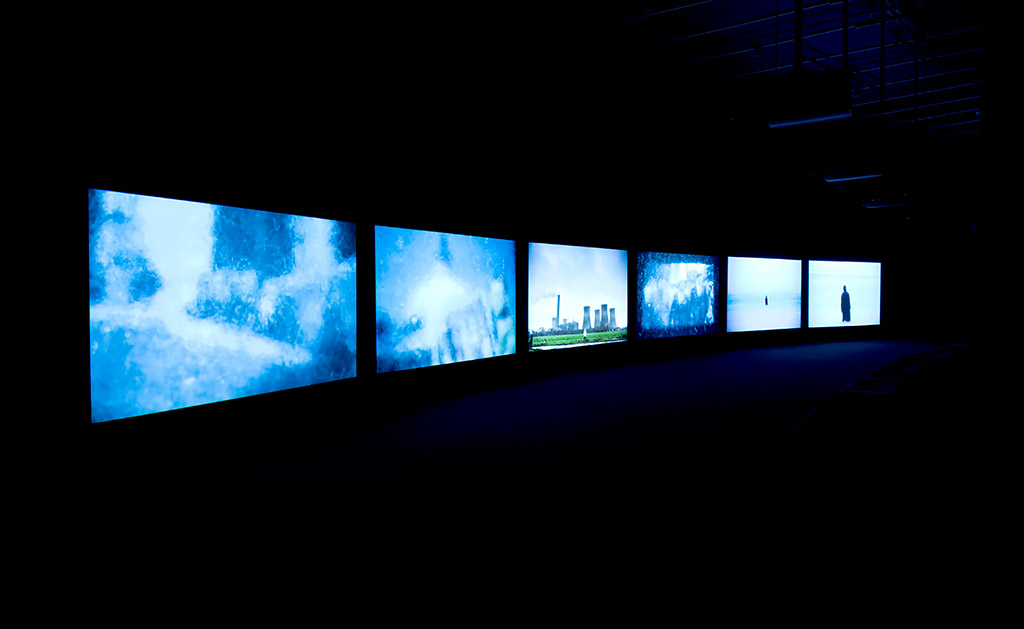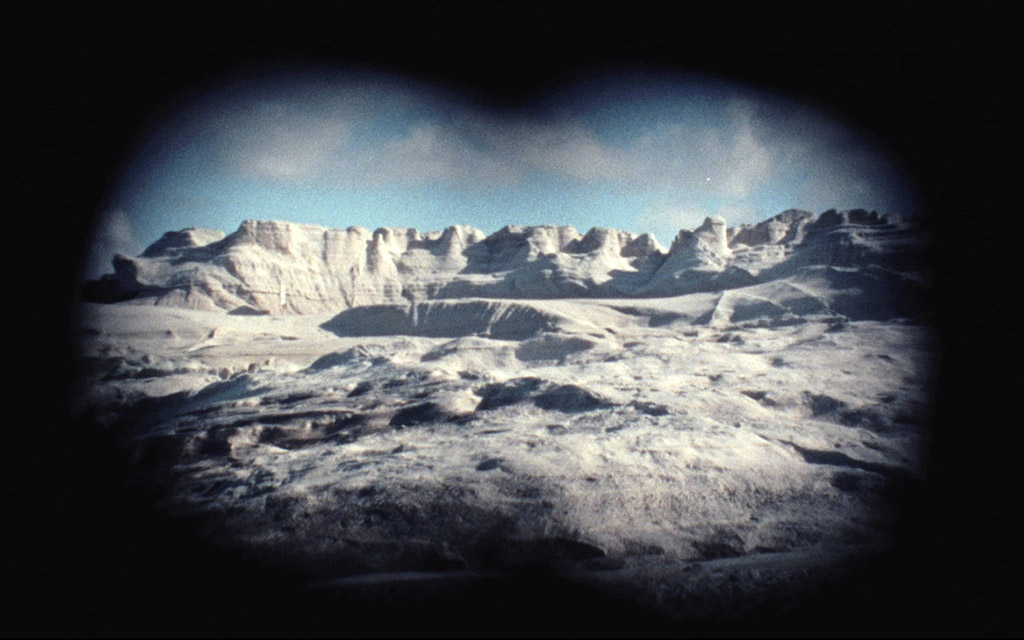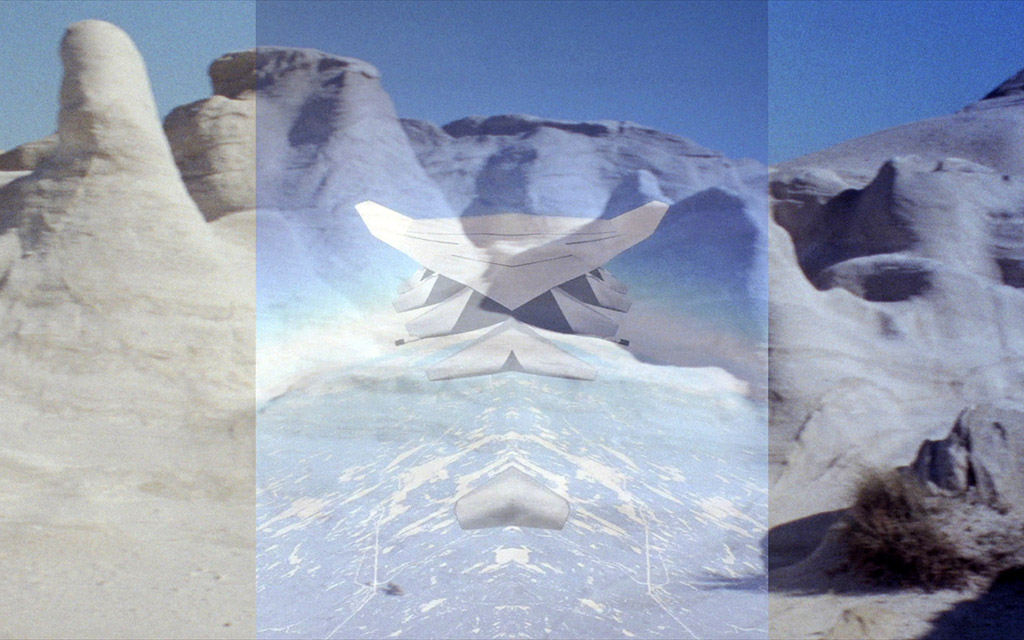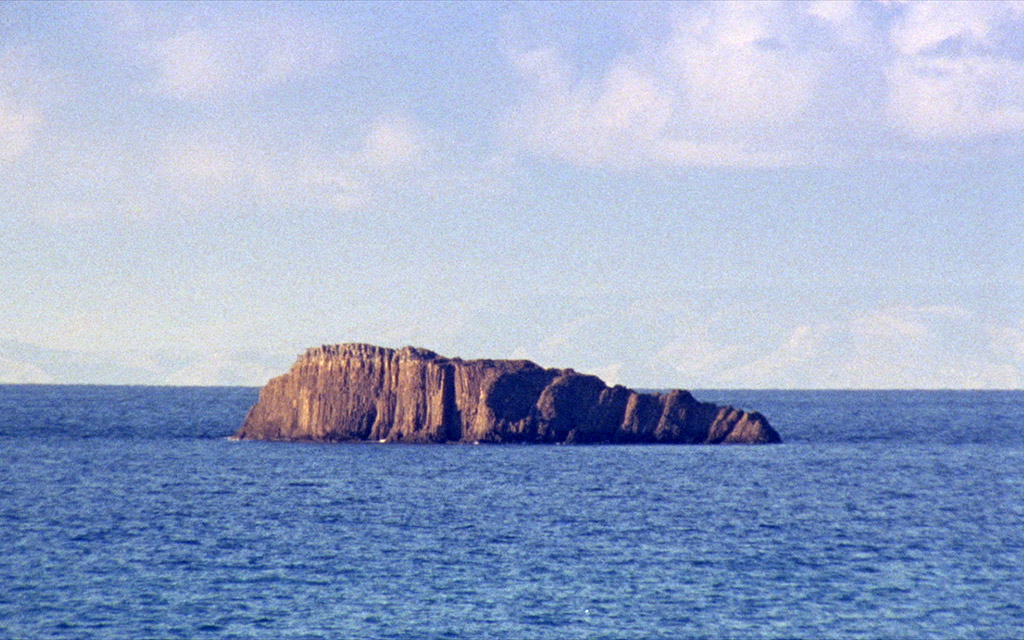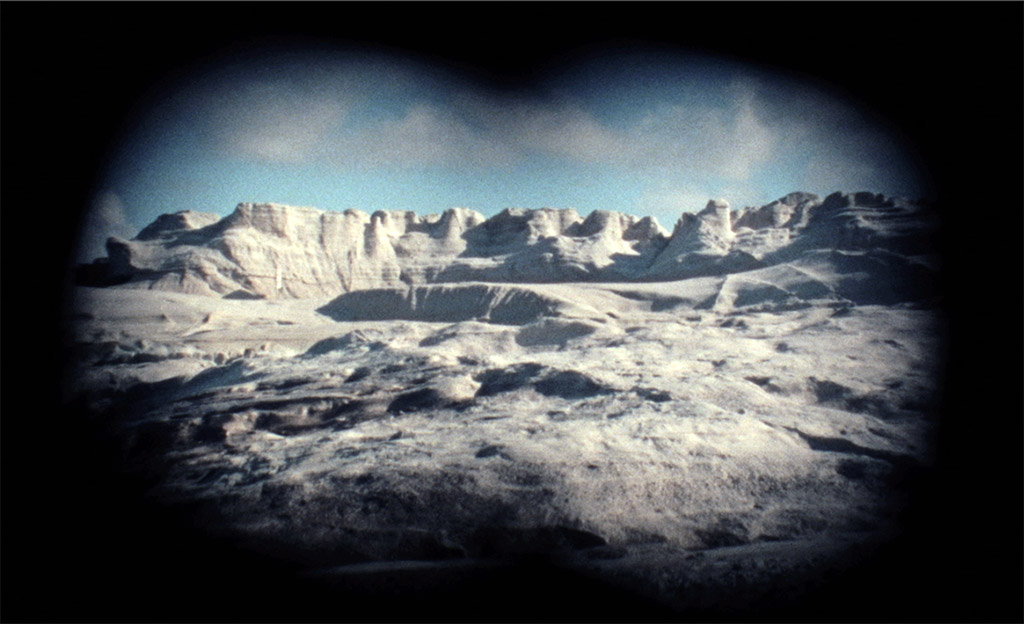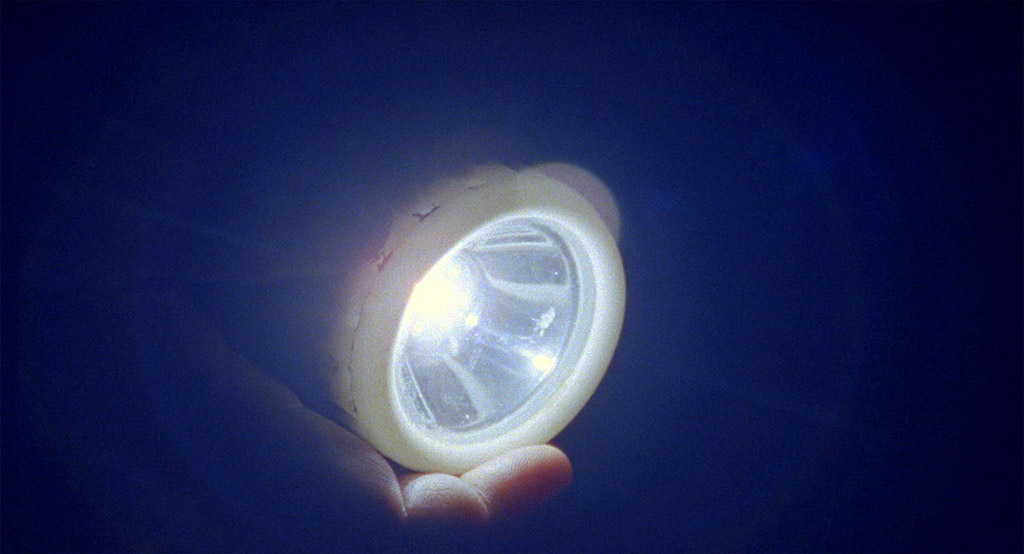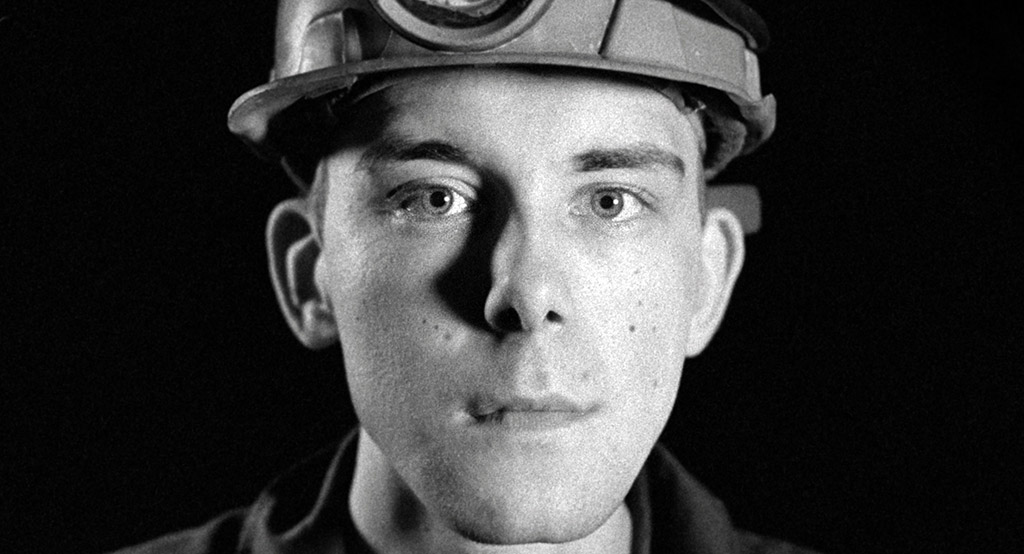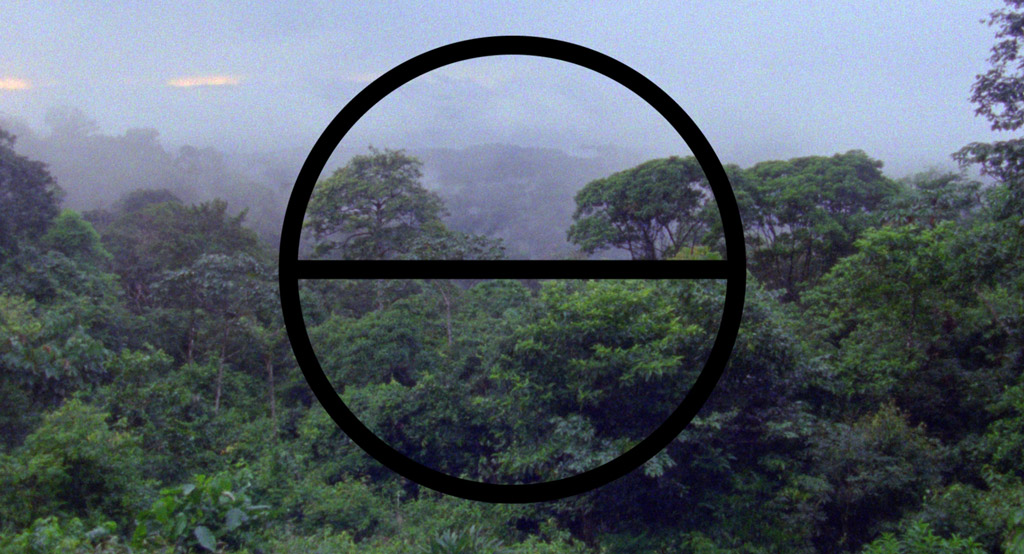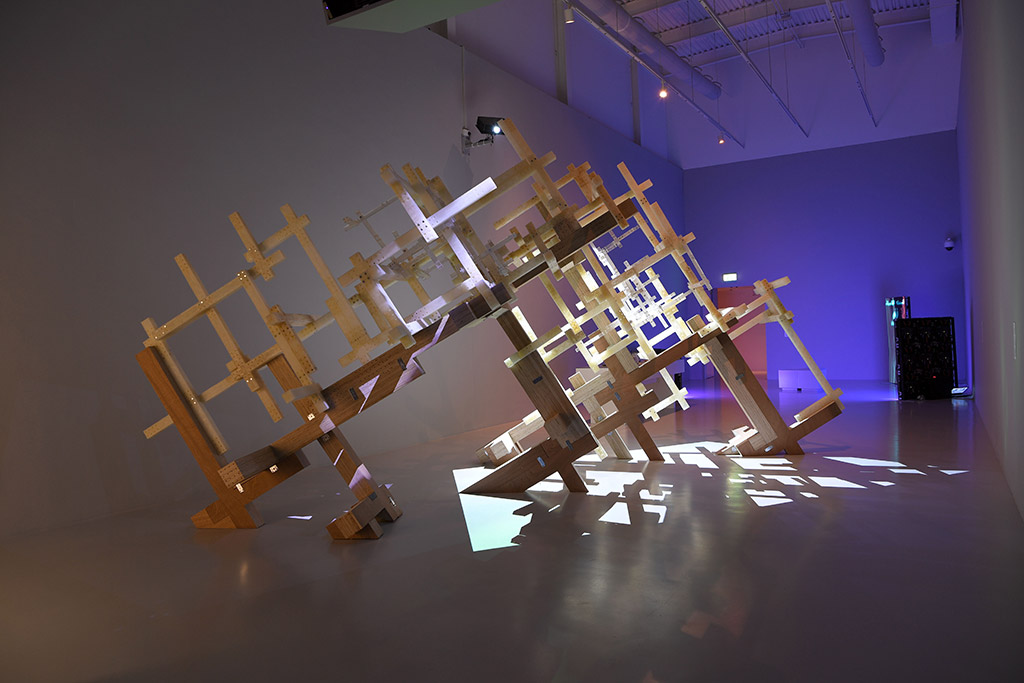ART-TRIBUTE:Our World Is Burning
 The exhibition “Our World Is Burning” offers a committed view of contemporary creation from the Arabian Gulf, where wars and diplomatic tensions have constantly determined the history of the early 21st century. Its title explicitly refers to the human dramas created by the successive conflicts in this region. The exhibition also rings out like an alarm at a time when political vicissitudes are being added to by ecological catastrophes, embodied by massive destructive forest fire which bear witness to global warming.
The exhibition “Our World Is Burning” offers a committed view of contemporary creation from the Arabian Gulf, where wars and diplomatic tensions have constantly determined the history of the early 21st century. Its title explicitly refers to the human dramas created by the successive conflicts in this region. The exhibition also rings out like an alarm at a time when political vicissitudes are being added to by ecological catastrophes, embodied by massive destructive forest fire which bear witness to global warming.
By Dimitris Lempesis
Photo: Palais de Tokyo Archive
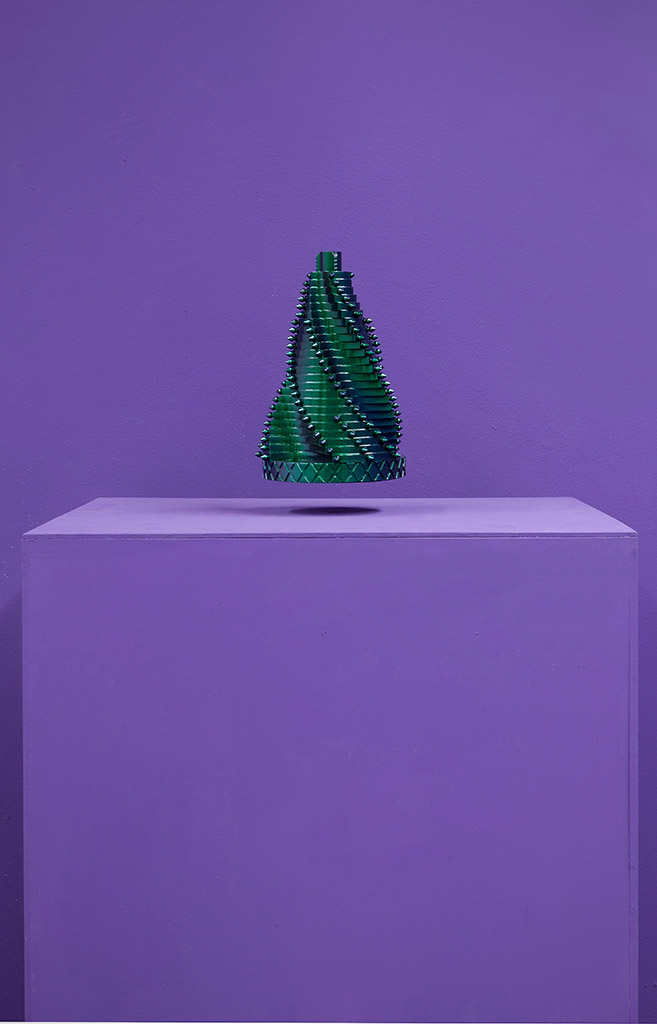
In the urgency of present time, the exhibition “Our World Is Burning” creates a resonance between the poetic and liberating pieces by artists who are attempting to heal the wounds of Gaia, and those of people uprooted by the Capitalocene (the new geological era into which we have entered because of the intensity of our means of industrial production) in order to think differently about the world’s future. More than an affirmation of peril, fire then symbolises at once the formidable democratic impulse experienced in this region since the Arab Springs, and the creative intensity that accompanied or anticipated it, as in the seismographic work of Amal Kenawy, who questioned the silent majority a few months before the destitution of Hosni Mubarak, the president of the Arab Republic of Egypt. This exhibition maps out in a fragmentary, sensitive way the many political and societal transformations of the Middle East. It presents a complex intermeshing of events, to which the artworks allude while offering multiple poetic perspectives, such as the epic poem orchestrated by John Akomfrah, or Wael Shawky’s vast immersive landscape, which takes us into the desert following the tracks of historical and fantastical tales.
John Akomfrah is one of the founders of the Black Audio Film Collective, a group of artists set up to respond to the political, economic and social tensions in England as seen from the Black diaspora. His current video work often mingles archives, interviews and sound collages, with the idea of examining postcolonial and migratory histories from a globalised viewpoint. With his video installation “Purple” John Akomfrah offers a grand lyric poem about the Capitalocene. An important figure of the Moroccan movement of the 00 generation, Mustapha Akrim is currently exploring the world of building sites and labour so as to examine the connections that unite work and art. In the “Païpe, Histoires plus que parfaits” takes an interest in the student revolts in Morocco in 1968 and 1981, using photographs concealed under a sealant that the visitors are led to discover. It is a way to show how history is a process of excavation. Francis Alÿs has lived in Mexico City since 1986. His protean, committed artistic practice explores the anecdotes and stories of everyday life in an urban milieu while being nourished by the artist’s travels throughout the world. Francis Alÿs’ maps misappropriate geopolitics by revealing territories as so many dialectical concepts. They make up a play of oppositions, opening up a questioning of the notion of frontiers. Kader Attia’s artistic practice explores the deep and still-taboo repercussions of colonial history, as well as the question of western hegemony over the cultures of the world. For several years, he has been exploring the concept of “reparation”, from the viewpoint of memory and the trauma linked to colonisation and rampant racism in Europe. Kader Attia mingles crescent moons and Stars of David in a swirl that symbolises the inextricable struggle between Palestine and Israel. After an initial focus on comic books, before turning photography and video, Sammy Baloji explores the heritage of colonisation and imperialism in the current shaping of identities and history. His work pays a particular interest to the industrial and cultural heritage of his region of Katanga. Sammy Baloji reminds us how the copper from the mines of Katanga was used to produce the shells of the Great War. As a Franco-Moroccan artist, Yto Barrada’s practice derives its source from a reflection that attempts to destabilise a western interpretation of art and to examine the local issues of globalisation. Yto Barrada offers alternative narratives, sometimes mingling fiction and reality, which intend to deconstruct our relationship with history. Yto Barrada’s 16mm film, “The Power of Two or Three Sun” , transforms into a new Dreamachine the power of xenon lamps used in the textile industry. Greatly influenced by the political situation of her native country, Tania Bruguera sees her artistic practice as being linked to activism. Through performances, installations, public and community projects, she focuses above all on the body as the site where structures of power and domination are articulated. Aslı Çavuşoğlu explores the construction of historical narratives and their transmission, as well as the impact of traditions on the formation of national and globalised identities. She has followed the route of lapis lazuli as far as its greatest mining site in Afghanistan, where this precious material now finances the Taliban. Faraj Daham is an artistic pioneer on the contemporary Qatari scene. The subject of his work is the rapid architectural and social alterations experienced by Qatari cities and societies, as well as the resulting economic, social and political consequences. He tries to make visible the usually ignored players in the staggering reconfiguration of this region of the world. Faraj Daham pays homage to the immigrant workers on the building sites of Doha in a canvas adopting elements of an urban vocabulary. Bady Dalloul is a Franco-Syrian artist. He pays attention to the writing processes of history, and to the construction and deconstruction of the power games that govern the relationships between states and populations. Allying the imaginary and the real, his work currently focuses on the conception of fictional countries. Inji Efflatoun was an Egyptian painter, Marxist militant and feminist. She played a key role in the modern artistic production of 20th century Egypt. She was associated with “Art et Liberté,” a group of artists, intellectuals and communist activists founded in the 1940s, based on the principles of Surrealism and was one of the first women to enter the Arts Faculty of the University of Cairo. Inji Efflatoun appears here as a precursor thanks to her militant commitment to women and workers, beginning in the 1940s. Khalil El Ghrib pays attention to the processes of material decomposition and the environment’s impact on them. In his studio, he collects packaging, boxes and silk threads which he treats and leaves in contact with various environments. These objects change over time but remain, thus questioning the current frenzy for consumerist accumulation. He has decided not to sell his works, but give them away. He has here accumulated poor materials destined to decay, while affirming a relationship with the world in a fragile mode of organic copresence. Dwelling in particular on the issue of the distribution of information by new media, Mounir Fatmi seeks to raise questions about our understanding of memory, language and communication with respect to the obsolescence of new technologies. His installation points to the entropy of our societies via knots of cables used for telecommunications. Rooted in a long-term work of research and investigations, Domnique Hurth’s artistic practice attempts to offer a new view of the world based on forgotten facts and overlooked stories, and toys at studying the borders between fact and fiction. She dives into a history of feminism devoid of any heroism, by taking as her departure point the American Frances Gabe’s self-cleaning house. Based on the principles of the rhizome and transformation, Fabrice Hyber’s practice focuses on the relationship between human beings and their environment. The artist incites a rethinking of the histories of everyday materials from the viewpoint of environmental issues. He has devoted a museum to plastic, that source of pollution which is made from naphtha, a liquid coming from petroleum refining.
After film studies at Cairo’s Art Academy and the Egyptian School of Fine Arts, Amal Kenawy focused on sculpture, drawing and performance. Her works explore the issues of the body, traumatism and memory, on the basis of geopolitical and feminist issues linked to Egypt. Sophia Al Maria explores the twilight zones between fact and fiction, or between utopias and dystopias. She pays attention to the particularity of the everyday life of people in the Gulf, coping with the arrival of buildings which seem to have emerged straight from science-fiction narratives or global consumerist desires, but also the local dominance of oil, which she groups together under the term Gulf Futurism. She goes back over the harbour extension experienced by this young country, founded in 1971, by associating a tetrapod, an emblematic object of this modernisation, with the history of the Voyager probe, sent into space in 1977. Without hesitating to confront the history and consequences of the colonial past in her country, Amina Menia’s work most often takes the form of in situ installations which pay attention to urban spaces as conflictual and revealing sites when it comes to power structures. Her reflexions thus focus on architecture, and more particularly on the public space as a site for resistance against official narratives. Via her video installation, Amina Menia establishes a parallel between the history of Algerian football and the country’s political upheavals. Bouthayna Al Muftah takes an interest in oral history, poems and games which have been handed down from one generation to the next in Qatar, which she explores through a personal interpretation of the calligraphic act, deployed in a practice extending from drawing to performance. She reinterprets the folk traditions of Qatar, a country of pearl-fishers which experienced an unprecedented transformation during the second half of the 20th century owing to the exploitation of oil deposits. Using mainly photography and video, Shirin Neshat explores the daily lives of Iranian women during the genesis of the Islamic Republic of Iran, and the heritage of movements of dissension and revolution throughout the world. Her photographs show men and women confronted by the loss of a loved one during the Egyptian Revolution of 2011. Otobong Nkanga studied at the Obafemi Awolowo University of Ile-Ife in Nigeria and the École Nationale Supérieure des Beaux-Arts in Paris. Her multidisciplinary practice explores the notion of territory and examines the political, social and ecological issues associated with the exploitation of natural resources. She is displaying an abacus that leaves behind arithmetical calculation for a more organic and living approach to time. Monira Al Qadiri’s work’s source is the geopolitics of the Middle East, and it explores more particularly the problem of the exploitation of natural resources and the impact of the oil industry on the region. She is exhibiting the head of an oil drill, like a miniature Tower of Babel, symbolising human hubris. Sara Ouhaddou takes an interest in the question of memory, in terms of the craft traditions which are disappearing in North Africa and the Middle East, as well as new issues linked to globalisation. Her stained glass uses Iraqi glass so as to convey the poems of Berber women in the form of a new calligraphy. In this way, she is conserving a minority culture in an inventive way. Younès Rahmoun’s artistic practice is nourished by his spiritual and religious beliefs. His works attempt to create a meditative milieu, which explores the fragility of physical existence and examines the relationship between mankind and its natural environment. He gives form to bin-liners using his own breath in a gesture which is both spiritual and ecological. Michael Rakowitz’s will to reproduce vanished objects bears witness to the need to sound out our relationships with memory and history, while highlighting the fragility of artefacts when confronted with the current world’s geopolitical realities. His piece displays a series of copies of archaeological objects from the National Museum of Iraq or from Syria, which have disappeared as a consequence of the wars that have struck both these countries. These fragile replicas offer an alternative to destruction and theft, while being self-affirmed fakes. Raqs Media Collective is an artistic group founded in 1992 by Monica Narula, Jeebesh Bagshi and Shuddhabrata. In 2001, they co-founded the Centre for the Study of Developing Societies in Delhi Sarai, a multidisciplinary research space which explores the themes of new media, urbanism and public space. Their work “Alive, with Cerussite and Peppered Moth” refers to the adaptation of the peppered moth, during the industrial development of the city of Manchester in the 19th century so as to launch a reflexion about the Capitalocene. Wael Shawky takes an interest in the creation of myths, legends and true or false narrative histories of the Arab world. His work attempts to link metaphysics with materialism. “Al Araba Al Madfuna” is an immersive installation drifting metaphysically into the middle of a desert. The three films that punctuate the journey feature children with adults’ voices. Their tales invoke the past but also open out on the imaginary. Mounira Al Solh’s work brings together video, text, drawing, embroidery and performance. She takes an interest in oral history (in particular connected with the phenomenon of migration) and the way in which this resists official narratives. She replaces major history by the portraits and tales of people who have fled the Civil War in Syria. She has put together an archive of these personal destinies struck by tragedy. Oriol Vilanova’s practice, at the crossroads of performance, archiving and publication, focuses on forms of circulation and monstration, especially in the museum space. He seeks to deconstruct its supposed neutrality and questions the generally employed means of distribution and communication. Danh Vo’s work explores the power relationships that structure our neoliberal societies, as well as the fragility of the idea of the nation state. With two fragments of a reproduction of the Statue of Liberty , Danh Vo’s “We The People” places the exhibition’s issues around this democratic ideal, whose fragility has here been even more heightened.
Participating Artists: John Akomfrah, Mustapha Akrim, Francis Alÿs, Kader Attia, Mounira Al Solh, Bouthayna Al Muftah, Monira Al Qadiri, Sophia Al Maria, Sammy Baloji, Yto Barrada, Aslı Çavuşoğlu, Faraj Daham, Bady Dalloul, Inji Efflatoun, Khalil El Ghrib, Mounir Fatmi, Fabrice Hyber, Dominique Hurth, Amal Kenawy, Amina Menia, Shirin Neshat, Otobong Nkanga, Sara Ouhaddou, Michael Rakowitz, Younes Rahmoun, Wael Shawky, Oriol Vilanova, Danh Vo and Raqs Media Collective.
Info: Curator: Abdellah Karoum, Co-curator: Fabien Danesi, Palais de Tokyo, 13 Avenue du Président Wilson, Paris, Duration: 21/2-17/5/20, Days & Hours: Mon & Wed-Sun 12:00-24:00, www.palaisdetokyo.com


Back: Monira Al Qadiri, Spectrum 1, 2016, 3D printed plastic, 20 x 20 x 20 cm (each, six in total), Courtesy of the artist, Photo: GJ Van Rooij




